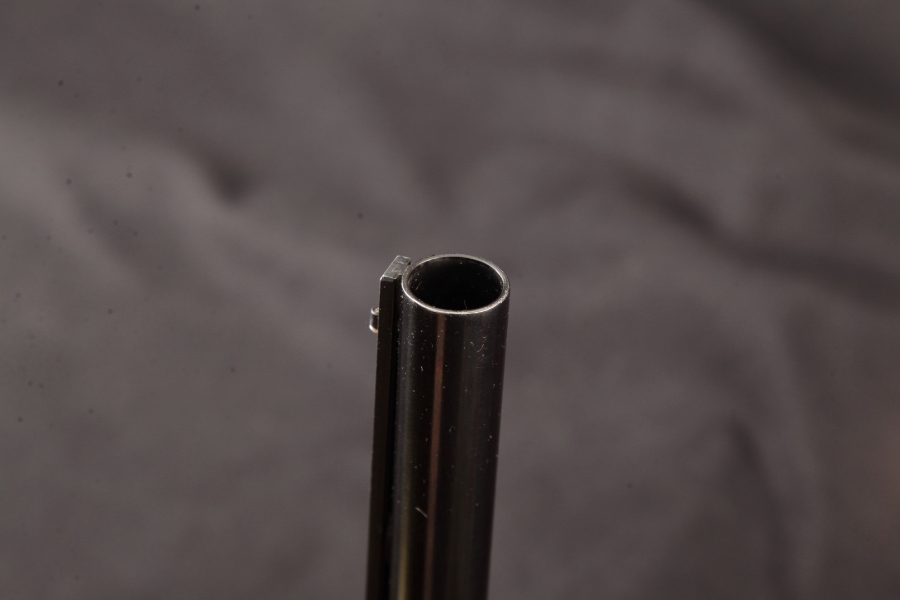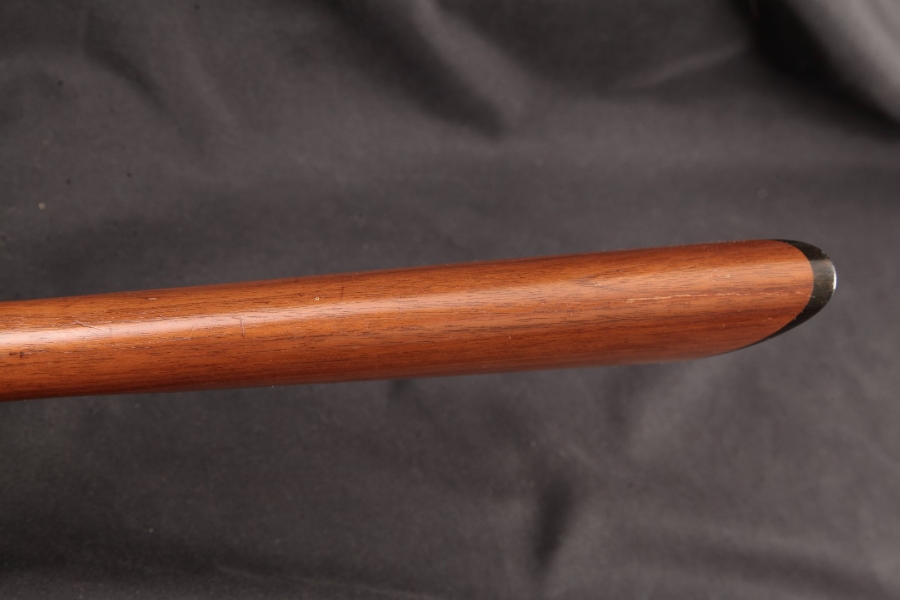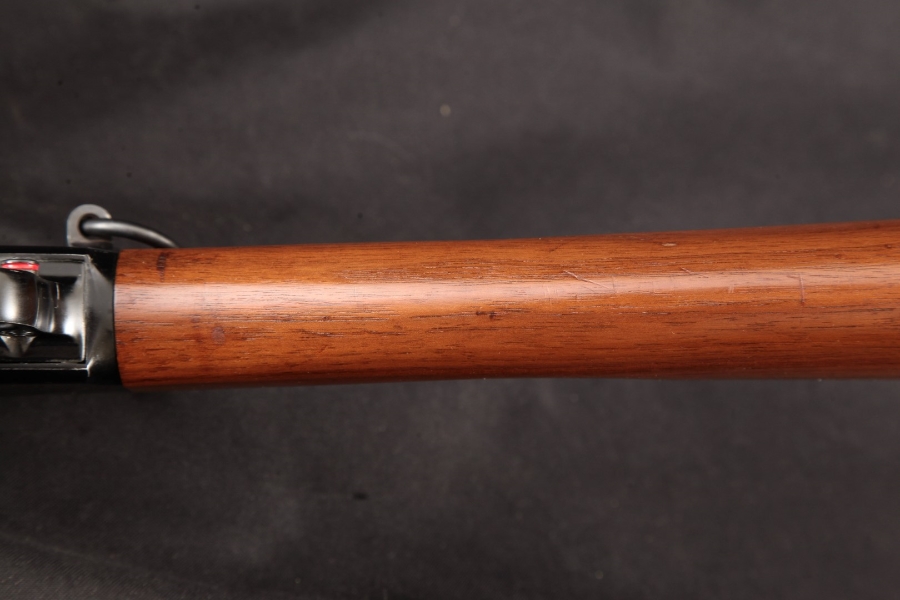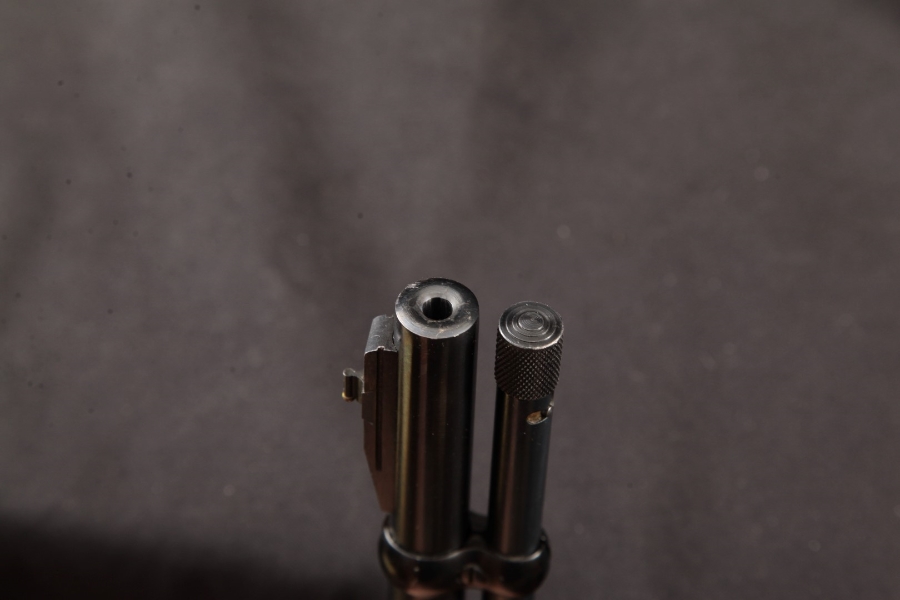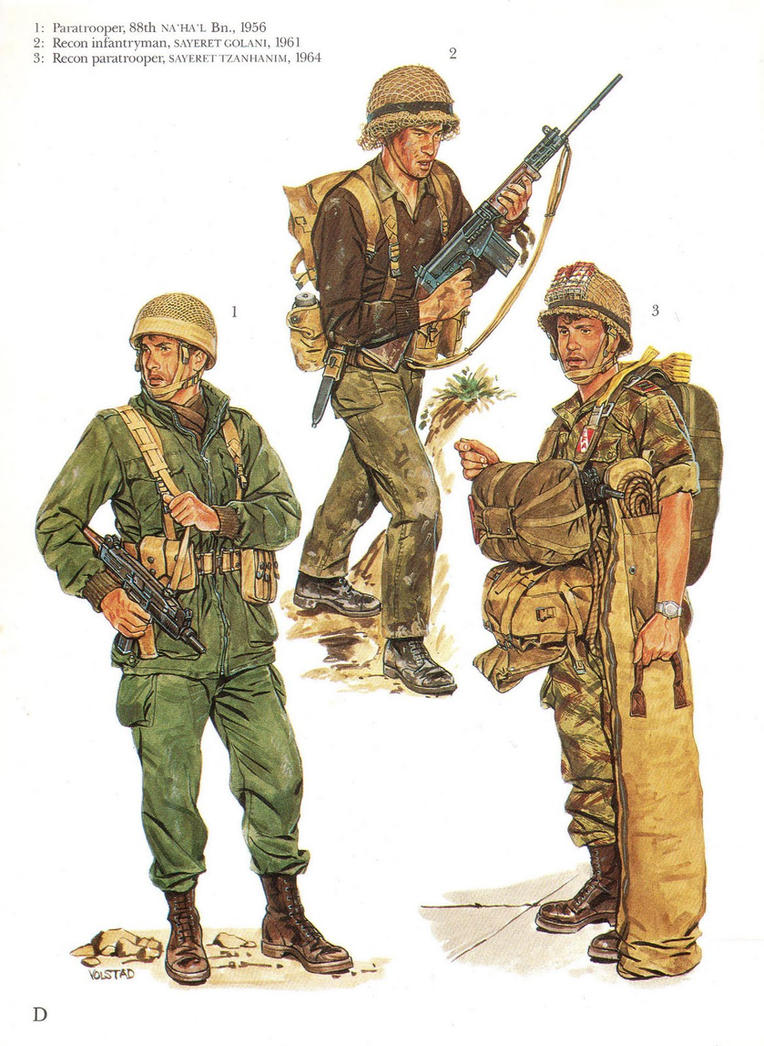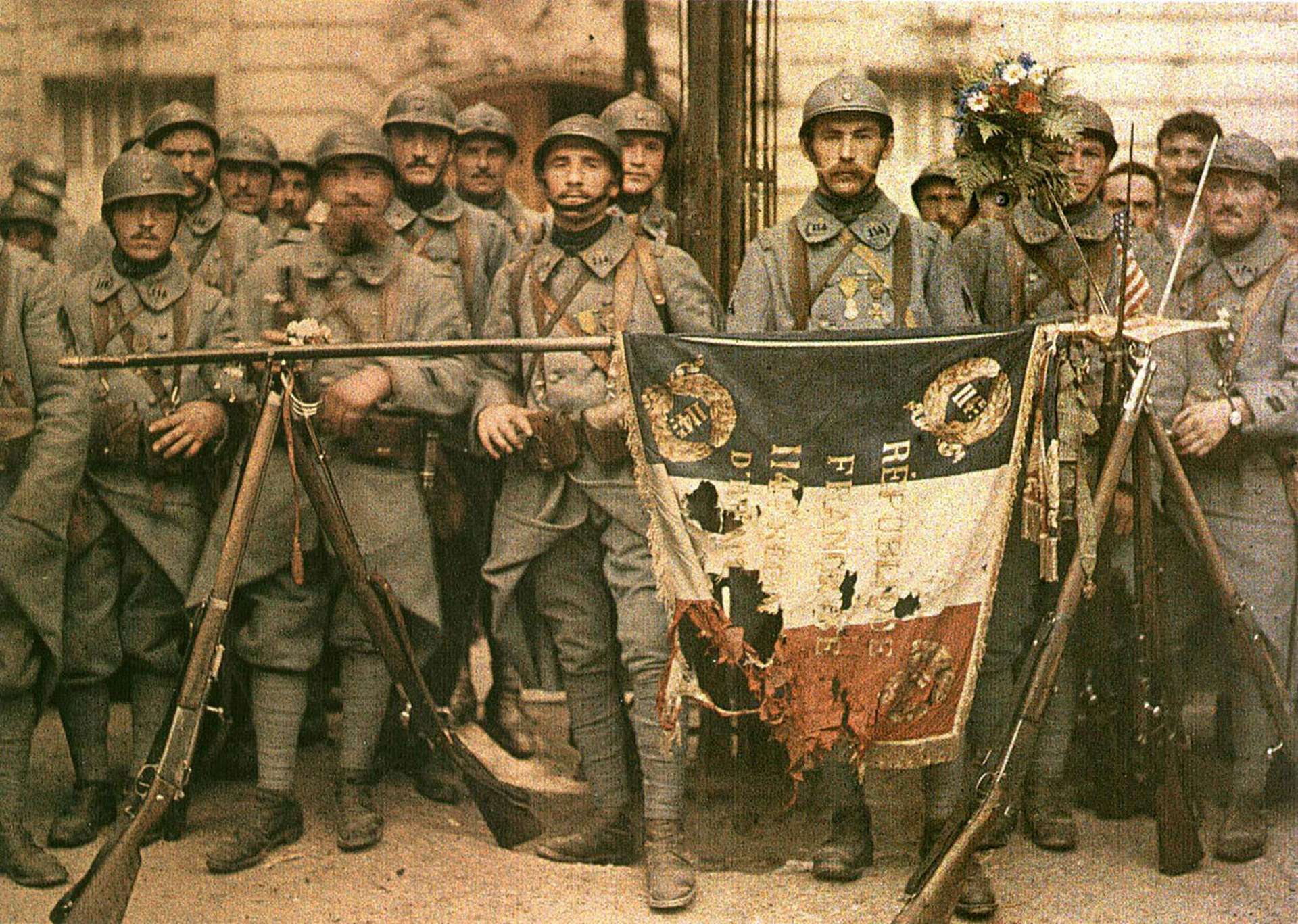 Strolling the streets of San Francisco,
Strolling the streets of San Francisco, the nation’s leading open air exhibition of failed social policies, never fails to instruct one in the infinite disabilities of social utopianism. Although large sections of this city still retain their charm in the far or middle distance — the swooping helicopter pan shot in from the Golden Gate; the brightly painted Cable Car cresting a backlit hilltop — most soon lose all charm in close-up.
Example: A clear and crisp dawn in a small side street near Laguna and Hayes. Plantings in all the window boxes, well but not fussily painted facades. A few, very small, very well kept front yards. Clean curtained windows.
All in all a pretty and quiet moment in the city’s morning. Then, between two of the cars on the street and a bulging shopping cart on the curb, I noticed a man who has obviously slept rough for at least 200 consecutive days turning in a slow pirouette and gazing intently at the ground. Then he lowered himself delicately down between an Audi and an SUV.
Seeing no real reason not to stroll on past, I did and noted that the man, pants to his ankles, was relieving his bowels. I was to see this behavior twice in a single day in San Francisco. And I was in the better neighborhoods.
In the course of a random walk of four hours through the most touristed sections of the city, this scene was only the most unhappily memorable of a serious of disturbing moments.
Perhaps they only disturbed because they were playing out against the postcards of my memories of San Francisco during the six years I had lived and worked there in the early 70s; against even deeper images of the city in the Summer of 1968.
Against memory any present day moment would pale as nostalgia took its toll. You’d be prepared, at the least, to be disappointed since feeling that the past is preferable to the present is a common human instinct.
What you’re not prepared to be is disturbed but yet not shocked. After all, you’ve read and heard about it for years. No matter. The actual San Francisco of the present is a clear reminder that the rap is not the territory.
The extent to which the homeless, the hard-core unemployed, the drunk and the addicted, and general shabby personalities of all kinds are deployed about the city is something to bring even the most hard-core liberal from elsewhere up short.
If the myriad policies and millions man-years of effort, coupled with untold billions of dollars in funding deployed in San Francisco over the last four decades have created the current visible result, something is seriously askew with the city’s basic social engineering.
It is as if the entire region has spent 40 years and 400 billion building a replica of the Golden Gate Bridge on Ocean Beach intending to span the Pacific. A good intention, but a city’s gotta know its limitations.
Strolling the streets of San Francisco
— past the blanket wrapped souls that sleep upright in bus shelters
— past the ad-hoc shanty towns of clustered shopping carts
— past lone men swaddled in sleeping bags on a stretch of stained concrete with only a fence and a warning between them and a few meager blades of grass
— gives one a deep sense of unease and unmitigated tragedy after the 20th exposure. After the 50th they all just fade into the background body count, one more item of the city’s detritus
— sudden sirens, condom stuffed litter sloshed about by the wet wind, hysterical graffiti, crass billboard ads announcing yet another source of 24 hour lap dancing, blather of schizophrenic panhandlers; all just part of San Francisco’s rich tapestry of diversification through stupefaction.
Seeing so many driven so low
— and this in what still passes as
”the better neighborhoods”
— you have to wonder what happened to, and what is still happening to, the billions of public funds being compulsively shoved at this problem. Where has the money and time and good intentions all gone? Where, indeed, have all the flowers gone?
The best that can be said is that tsunami of free money has provided lifetime employment in various government and private agencies for those who would otherwise be part of the problem they have sworn to solve.
Although it is commonly thought that poverty creates homelessness, it is also as correct to say that agencies set up to combat homelessness have a deep and abiding interest in preserving homelessness.
This interest and these agencies are now such a permanent feature of our government that there is virtually no chance of disbanding or eliminating them. Ever.
The best that can be done is to slow, if possible, the growth of their funding since increased funding primarily swells the size of their employee pool and thus perpetuates and enhances their power.
A cynical person might believe that
THISF ( “The Homeless Industry of San Francisco)”, which recently merged with the Free Schizophrenics Movement (
FSM), exists not to curtail suffering but to expand its scope.
After all, were the number of the homeless to actually diminish in San Francisco, the number of those serving the insatiable needs of this group would also be expected to fall.
A cynical person would believe that an institutionalized, unionized group with excellent benefits and a fine pension plan would never knowingly d o anything that would lower its customer base.
Indeed, it would be much more likely to make the description of its customer increasingly complex so that ever more people would be discovered to be lacking in basic social services.
A cynical person would believe that the industry’s customer base in San Francisco was booming. Booming to the extent that this year, and the next, and the years that come after the years after, the nation, state and city will all require more and more money from the citizens to continue to not solve homelessness.
But I am not that cynical person. I see hope in the small things, the little signs on the street that not all the homeless wish to remain so; that some of them still possess the classic American entrepreneurial spirit.
Example: At night in the same day as dawn above. I am walking down Laguna Street towards Hayes with an old friend. We have just been to a party and to drinks after and are feeling very in charge of the night. As we walk down the block I can see we are coming up on a parking lot behind a chain-link, razor-wire capped fence. I notice something odd in the fence.
When we get up to it I can see it is a used — very used — fishing rod of uncertain vintage and battered aspect. Instead of fishing line, rough brown twine comes up through the line loops on the rod and dangles down from the tip about 11 feet above the sidewalk.
On the end of the twine, is a used — very used — large Starbucks coffee cup. The twine is very carefully woven into the lip of the cup. On the cup itself a grimy 3×5 card is taped. Printed on the card in hasty letters is the word “Please.”
That’s it. Just hanging there in the middle of the block panhandling for its owner well out of standard pan handling hours. We glance inside and it’s working. There’s about three dollars in change at the bottom.
Cynical men would have emptied it out to feed the parking meters for their Escalades. Not having Escalades we just chipped in and strolled on by.
Still, it was nice to know that somewhere in the vast and increasing army of the homeless now occupying The Streets of San Francisco was at least one soul who pushed aside total dependency and chose, instead, innovation in his or her chosen field of endeavor.
You’d think that the vast apparatus that exists to keep people from begging on the street could learn a bit about begging from this constituent. But then again, why should they? Getting more money to do less from San Franciscans these days is like shooting fish in a barrel; a large barrel and a lot of very fat-headed fish.
Alert the Authorities!




















